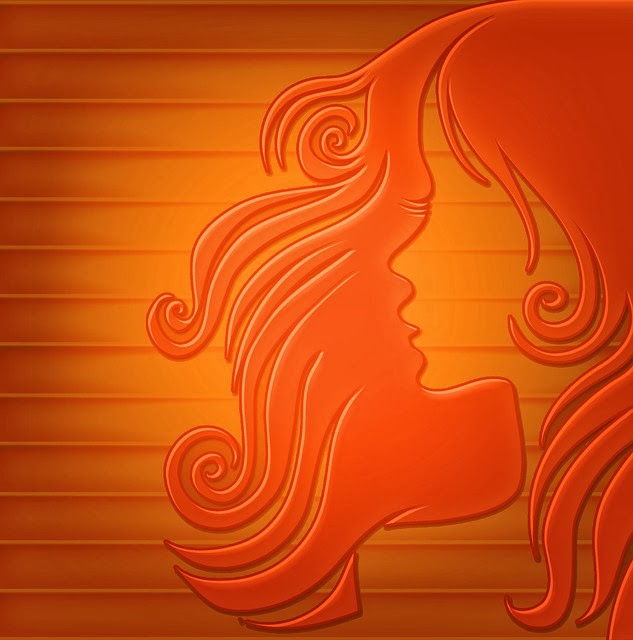Hair coloring or dyeing is the process of changing hair color which includes treatment of the hair with various chemical compounds.
Hair coloring comes from ancient times when
plants were the only means of hair dye. The most popular plants of hair dyeing
are henna, senna, turmeric, alma, indigo, Cassia obovata, red ochre, leeks and black walnut hulls. Chemical hair
dyes became popular in the 19th century.
Nowadays a multibillion dollar industry stands for hair dyeing which includes
both synthetic and plant-derived dyes.
•
Highlighting, hair is colored with lighter streaks to make blonde
colors.
•
Lowlighting, hair is colored with darker hair steaks.
•
New methods of hair dyeing such as ombre
where hair becomes lighter towards the end, or splash lights where a
horizontal band of hair color differs from the left from ear to ear.
The following application techniques can be
used for these coloring procedures:
•
Foiling, when the pieces of foil are used to separate the coloring
sections of hair.
•
Tipping, dip-dyeing, or balayage, when some hair sections are colored
and foil or plastic films aren’t used.
•
Cap, tightly placed on the head and strands pulled through with a hook.
All types of color can be applied with these
application techniques. Sometimes the hair needs to be bleached for highlights.
There are four widely used classifications of
hair coloring which include permanent, temporary, demi-permanent and
semi-permanent coloring. Permanent hair coloring is achieved only with the use
of oxidation dyes and temporary coloring is available with rinses, gels, foams,
sprays, and shampoos.
Here are some useful tips how to choose the
right hair color.
1. Observe your skin type. If your skin is
olive, darker hair colors best suit you. Lighter hair color may seem fake. If your skin is pink use ash tones to neutralize
your coloring. Any hair color suits pale skin. . In case of yellow hues, deep
red and dark brown are safer than yellow, gold, and orange tones.
2.
Observe the clothing that best suits you.
• If
orange, yellow, golden, red, rust or olive green suit you more, warm hair tones
such as golden blonde, brown, strawberry blonde and auburn suit you more.
• If
fuchsia, black, pine green or bluish red suit you more, cool hair tones such as
ash blonde, brown, burgundy and platinum suit you more.
• If charcoal gray, teal, periwinkle, purple or
red suit you more, neutral tones like beige blonde, sandy blonde, mahogany,
chocolate brown suit you more.
3.
Observe your eye color. People with brown, green or hazel eyes look more
natural with warm tones of hair color such as gold, red and auburn shades.
People with blue or gray eyes look more natural with cooler tones such as light
gold or ash.
You must be aware of the side effects of hair
coloring before you change the color. Though coloring effects on hair, very
much, the initial condition of the hair matters a lot.
Here are some popular side effects of hair
coloring:
•
Bad quality. Many people prefer cheaper hair colors and mostly it
affects the hair quality. So, avoid saving money when buying a hair color.
•
Over treating. When the dye or the color is left on the hair much longer
than it is needed, it will affect the
hair badly.
•
Allergic reactions. Many people are allergic to hair colors and hair
color companies always advise to take a test before coloring.
•
Negative effects of chemicals. All hair colors contain chemicals so try
to be aware of all essential whereabouts of your hair dye chemicals.
So before you decide to dye your hair, just
be aware of all the important information to avoid unexpected results!

No comments :
Post a Comment